
Four Russian military aircraft, two Tu-95 “Bear” strategic bombers and two Su-35 “Flanker” fighter jets, triggered a quick response from the U.S. near Alaska this week. While the planes never crossed into sovereign airspace, the incident underlines a pattern of Russian aerial activity that has become both routine and strategically significant.
The scramble of American F-16s, supported by an E-3 AWACS and KC-135 tankers, was not some kind of isolated event. Rather, this is part of the broader tapestry of military encounters, drone incursions, and geopolitical signaling from the Arctic to Eastern Europe. These are the moments that test readiness, probe defenses, and reveal both strengths and vulnerabilities in NATO’s air security posture.
To both the defense analyst and the aviation professional, this latest interception is more than a headline-it’s a window into evolving tactics, technological demands, and strategic dilemmas facing the U.S. and its allies. Here are nine key takeaways shaping the conversation.
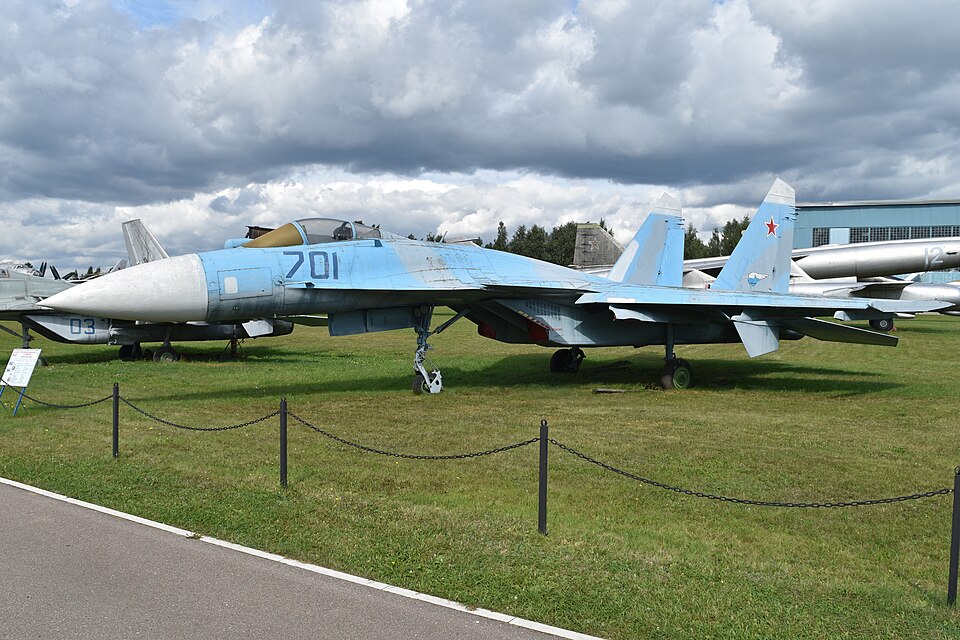
1. The Alaskan ADIZ: a strategic buffer zone
The Alaskan ADIZ is not sovereign airspace, but it is an essential early-warning perimeter. Aircraft must identify themselves upon entry or else be treated as potential threats. NORAD describes it as “a defined stretch of international airspace that requires the ready identification of all aircraft in the interest of national security.”
Russian military flights into the ADIZ are not uncommon, such as the recent Tu-95 and Su-35 sortie. Most of them do not cross into U.S. or Canadian territory, but their presence necessitates rapid response measures, affording practice to make detection, identification, and interception protocols sharp.
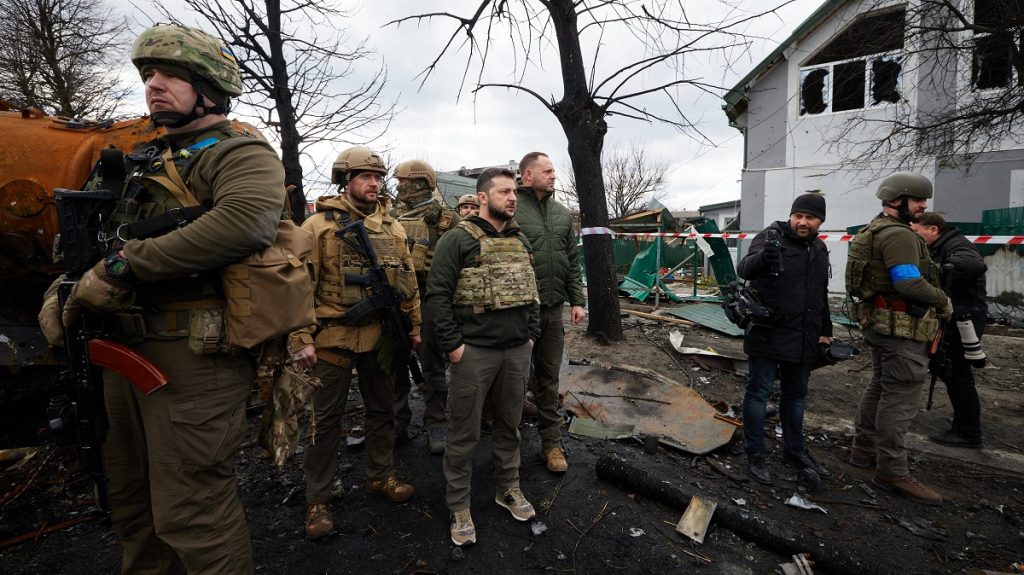
2. Everyday Yet Politically Charged Encounters
NORAD has announced nine Russian flights in the Alaskan ADIZ in 2025, against twelve in 2024. These numbers per se are not unprecedented, but the geopolitical context-the ongoing war in Ukraine and NATO’s heightened alert-makes each incident politically sensitive.
Such flights are often interpreted as intentional tests of U.S. and allied readiness. Analysts caution that while not direct threats, they represent strategic messaging from Moscow to signal capability and persistence.
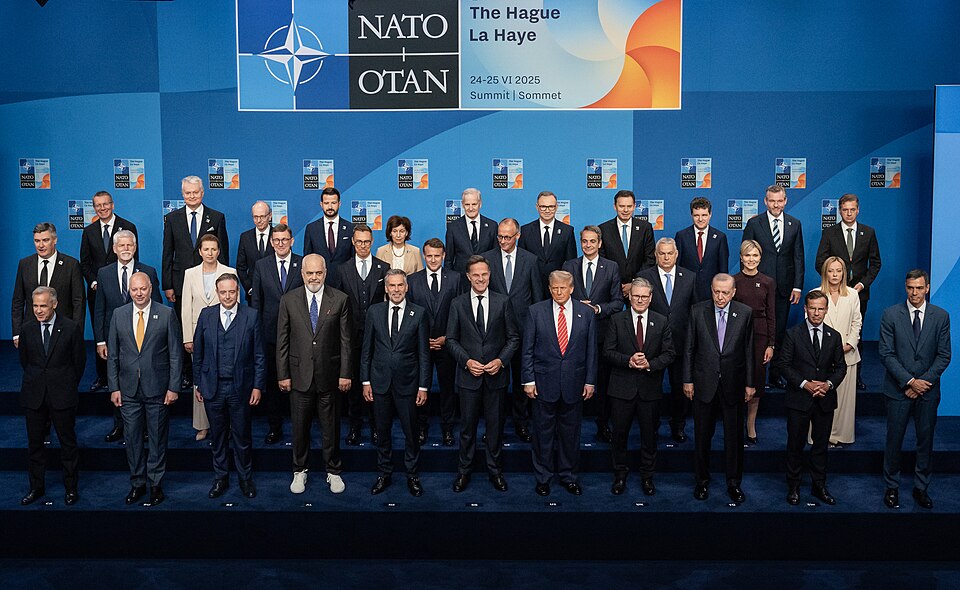
3. Escalation Risks in NATO’s Eastern Flank
Drones and fighter jets have breached NATO airspace over Poland, Romania, and Estonia in recent months. In Poland, NATO warplanes downed several drones during a large-scale Russian strike the first use of force by the alliance against Russian aircraft to defend its airspace.
These incidents heighten concerns about accidental escalation. As the Polish Prime Minister Donald Tusk warned, such incidents bring Europe “the closest we have been to open conflict since World War II.”

4. Intelligence Gathering During Exercises
In less than a week, NORAD intercepted an Il-20 COOT electronic intelligence aircraft multiple times over Alaska in August. According to analysts, the flights likely sought to gather information on the U.S. Indo-Pacific Command’s Northern Edge exercise.
Such reconnaissance missions show how Russia uses ADIZ incursions not just for signaling, but also to gather operational intelligence on the military activities of allies.
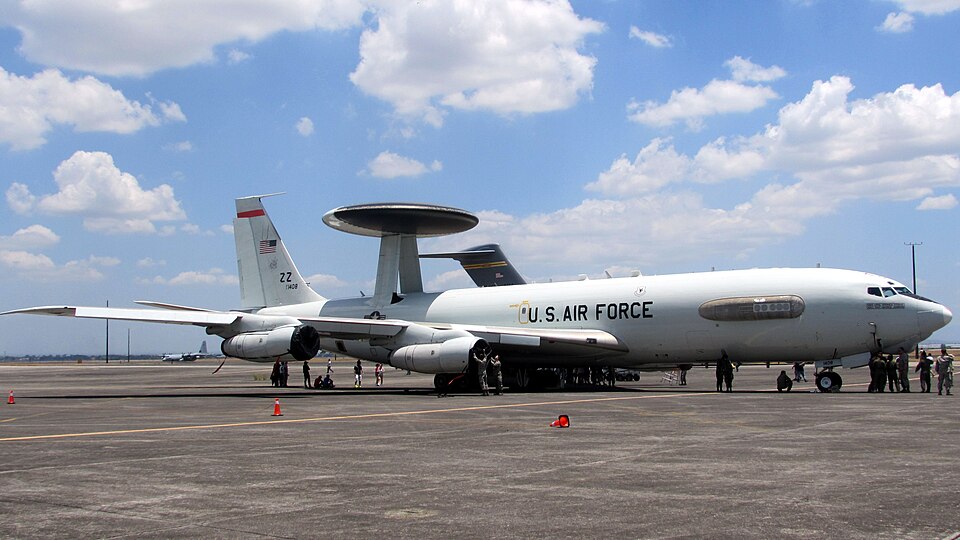
5. The Role of Advanced Interception Assets
The most recent interception involved a layered response an E-3 AWACS to provide command and control, F-16 fighters for the direct engagement, and KC-135 tankers for extending the reach of operational range. This constitutes a combination ensuring sustained presence and readiness over extensive distances.
These deployments underline the logistical challenges of defending a territory like Alaska-where vast distances combined with extreme weather require first-class aerial refueling and surveillance.
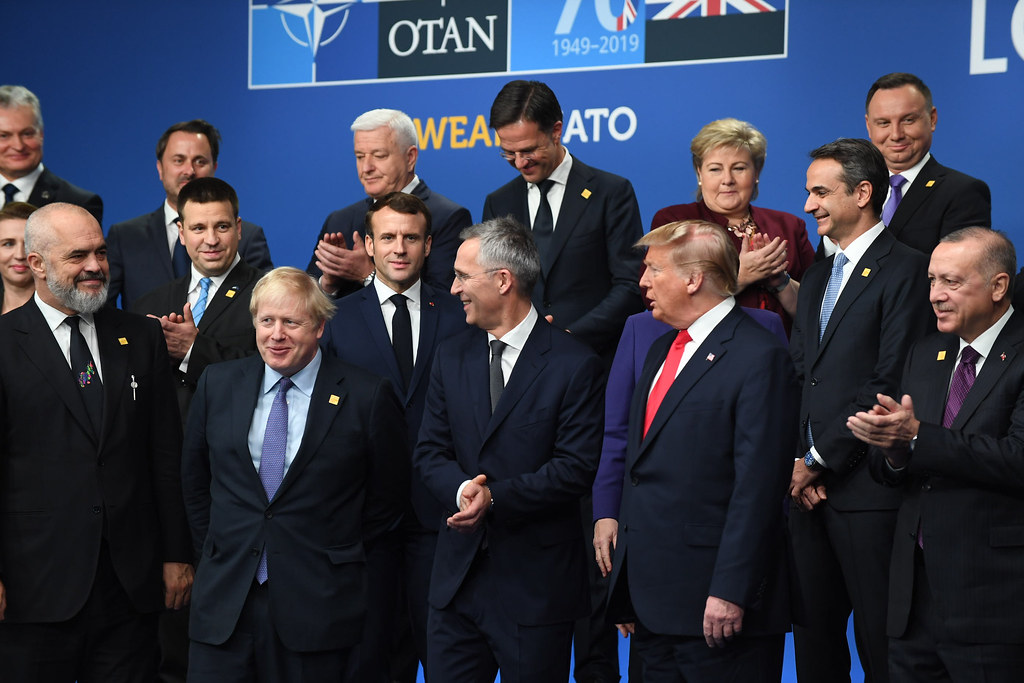
6. Operation Eastern Sentry and NATO’s Response
Following the Polish drone incident, NATO initiated Operation Eastern Sentry to strengthen defenses along its eastern border. The operation adds air assets, but is modest in scale for the task at hand, leading some to criticize it as not up to the task of dissuading persistent Russian probing.
Shooting down $10,000 drones with advanced fighter jets is considered too expensive and not sustainable thus the need for more tailored counter-drone strategies.

7. The Counter-Drone Capability Gap
The incursions of Russian drones have underlined weaknesses in Europe’s layered air defenses. Manned aircraft interceptions are effectual, but quite another matter is drones. Passive measures like electronic jamming and hardening of infrastructure are inexpensive but incomplete.
From $12,000 counter-drone rifles to low-cost interceptors, Ukraine’s battlefield innovations offer solutions that are scalable. Joint ventures with Ukraine could help Europe rapidly expand its own counter-drone stockpiles.

8. Emerging Directed-Energy Solutions
Laser-based and directed-energy weapons, among them the U.S.’s Blue Halo Locust system, promise low-cost per-shot counter-drone capability. Recent advances in the area from Israel push the maturation of this technology even further along. The systems remain very expensive to produce but have low operating expenses. Partnerships with developers by European states are seen as early opportunities for integrating such systems into future air defense networks.
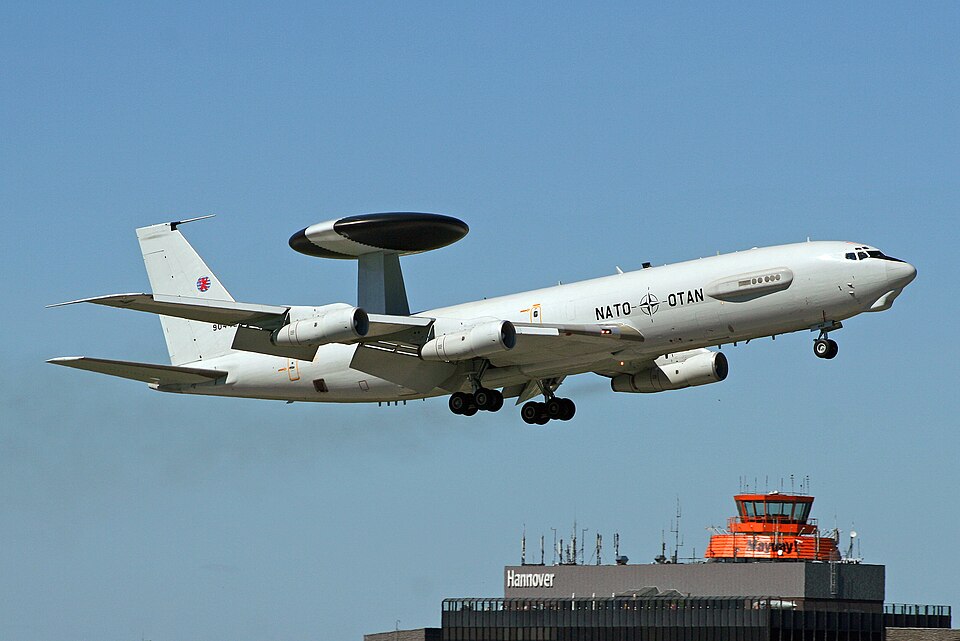
9. Strategic Restraint vs. Overreaction
Experts warn that overreacting to Russian incursions-for example, imposing a NATO no-fly zone over Ukraine-could lead to direct confrontation with Moscow. Putting NATO aircraft into active engagement zones would ratchet up tensions dramatically. A defensive posture to protect NATO territory as opposed to an extended operation onto Ukrainian soil would be considered the safer and more sustainable course.
The intercept off Alaska fits into a wider pattern of Russian military activity that intermixes routine with strategic signaling. In this case, the challenge-especially for NATO and the U.S.-will be finding a balance between vigilance and restraint, readiness without unnecessary escalation. As these drone and aircraft incursions increase, the future of air defense will depend upon cost-effective technologies, layered strategies, and the political will to respond proportionately.


